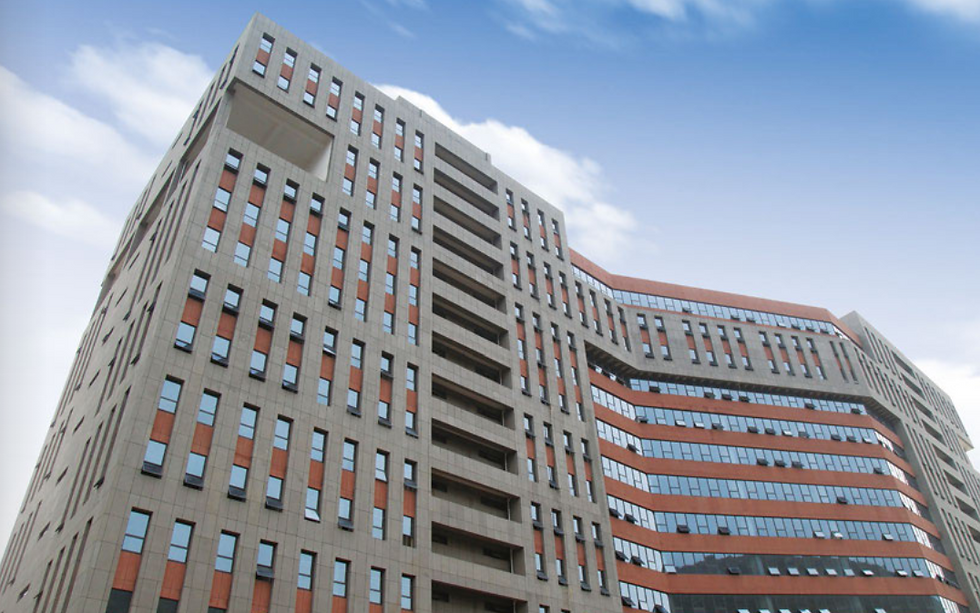Modified Clay Material (MCM) of Phomi econiclay
- Leo liu
- May 28
- 3 min read
Updated: May 31

Modified Clay Material (MCM) of Phomi econiclay
In materials science and environmental engineering, MCM (Modified Clay Mineral) technology typically refers to modified clay mineral technology, which involves physically, chemically, or biologically modifying natural clay (such as bentonite, kaolin, montmorillonite, etc.) to enhance its adsorption, catalytic, or structural properties, and is used in the field of composite materials.
1. Core principles of MCM (Modified Clay Mineral) by Phomi technology
MCM (Modified Clay Mineral) technology enhances the properties of clay minerals through the following methods:
(1) Physical modification
Heat treatment: High temperature roasting changes the interlayer structure of clay and increases the specific surface area.
Mechanical activation: Ball milling or ultrasonic treatment to nanoscale clay particles and increase active sites.
(2) Chemical modification
Acid/base activation: Treat with acid (such as HCl) or base (such as NaOH) to remove impurities from econiclay and increase porosity.
Organic modification: Inserting quaternary ammonium salts, silane coupling agents, etc. into the interlayer of econiclay to enhance its adsorption capacity for organic pollutants (such as preparing organic bentonite).
Inorganic modification: Loading metal oxides (such as Fe ∝ O ₄, TiO ₂) or nanoparticles to endow MCM (Modified Clay Mineral by Phomi holding) particles with magnetic or photocatalytic properties.
(3) Biological modification
Combining microorganisms or enzymes for the bioremediation of Phomi's MCM (Modified Clay Mineral), such as the degradation of petroleum hydrocarbons, pesticides, etc.
2. Main applications of MCM (Modified Clay Mineral)
(1) The environmental remediation effect of MCM (Modified Clay Mineral)
Wastewater treatment: econiclay can adsorb heavy metals (Pb ² ⁺, Cd ² ⁺), dyes, antibiotics, etc.
Soil remediation: MCM (Modified Clay Mineral) of Phomi can fix heavy metals and degrade organic pollutants such as PAHs and pesticides.
Air purification: MCM (Modified Clay Mineral) can remove VOCs (volatile organic compounds) or PM2.5.
(2) Industrial catalysis
MCM (Modified Clay Mineral) of Phomi can be used as a catalyst support (such as MCM-41 mesoporous material for petrochemical reactions).
Photocatalytic degradation of pollutants (such as TiO ₂/clay composites).
(3) Functional materials
Nanocomposite materials: MCM (Modified Clay Mineral) is used to enhance the mechanical properties of plastics and rubber.
Flame retardant material: The layered structure of econiclay clay can delay combustion.
Drug Release: Utilizing the interlayer structure of clay to control drug release.
3. Technical advantages of MCM (Modified Clay Mineral)
Low cost: Ecoiclay's clay mines are widely available and inexpensive.
Efficient adsorption: After modification with Ecolay by Phomi holding material, the specific surface area can reach 100-1000 m ²/g, and the adsorption capacity far exceeds that of natural clay.
Environmentally friendly: Econlay is biodegradable and has no secondary pollution.
Multifunctionality: The modification method of MCM (Modified Clay Mineral) of Phomi can be customized according to the needs.
4. Examples of typical MCM (Modified Clay Mineral) materials
The main applications of material name modification methods
Organic bentonite quaternary ammonium salt intercalation adsorption of organic pollutants (such as benzene derivatives, dyes)
Magnetic Separation and Recovery of Heavy Metals by Loading Fe ∝ O ₄/Bentonite Magnetic Nanoparticles
TiO ₂/kaolin photocatalyst supported photocatalytic degradation of VOCs
Template synthesis of mesoporous material catalyst and gas adsorption using MCM (Modified Clay Mineral) of Phomi holding
5. Future development direction of MCM (Modified Clay Mineral)
Intelligent response MCM: such as pH/temperature sensitive clay, achieving controllable adsorption desorption.
Nanocomposite MCM: Combining econiclay with graphene and MOFs (metal organic frameworks) to enhance performance.
Large scale application: Reduce modification costs and promote the implementation of soil remediation projects.
MCM (Modified Clay Mineral) of Phomi technology optimizes the properties of clay minerals through physical, chemical, or biological methods, making them widely used in environmental remediation, industrial catalysis, and functional materials. Compared to traditional methods, Phomi's MCM (Modified Clay Mineral) technology is low-cost and environmentally friendly, making it an important development direction for green pollution control.









Comments